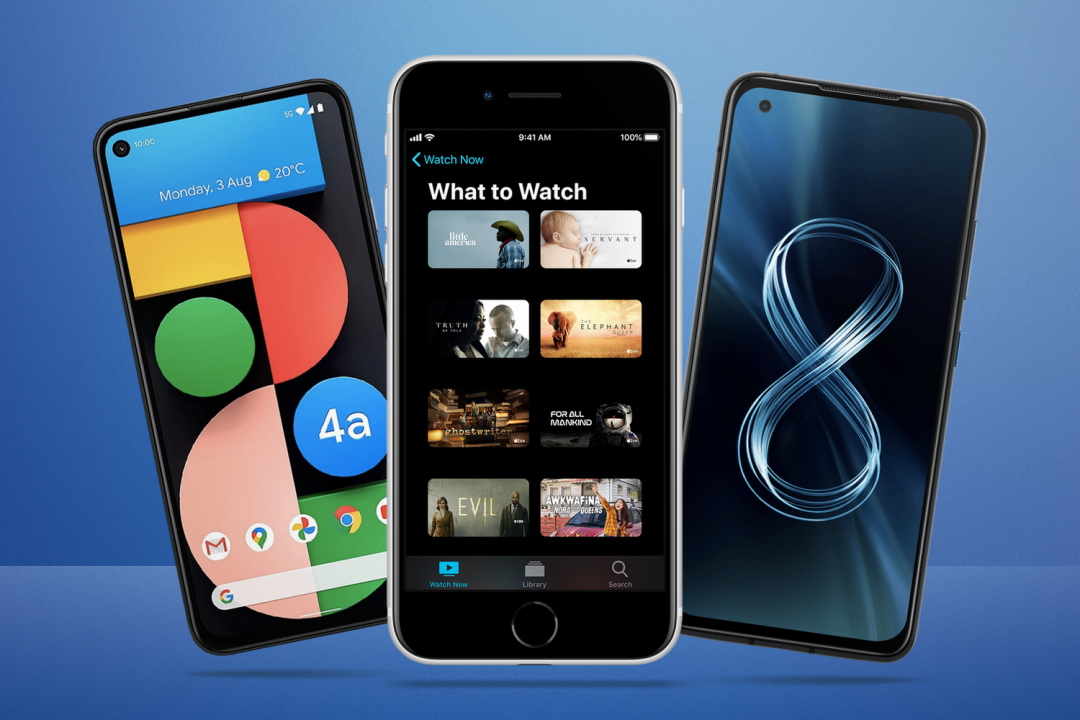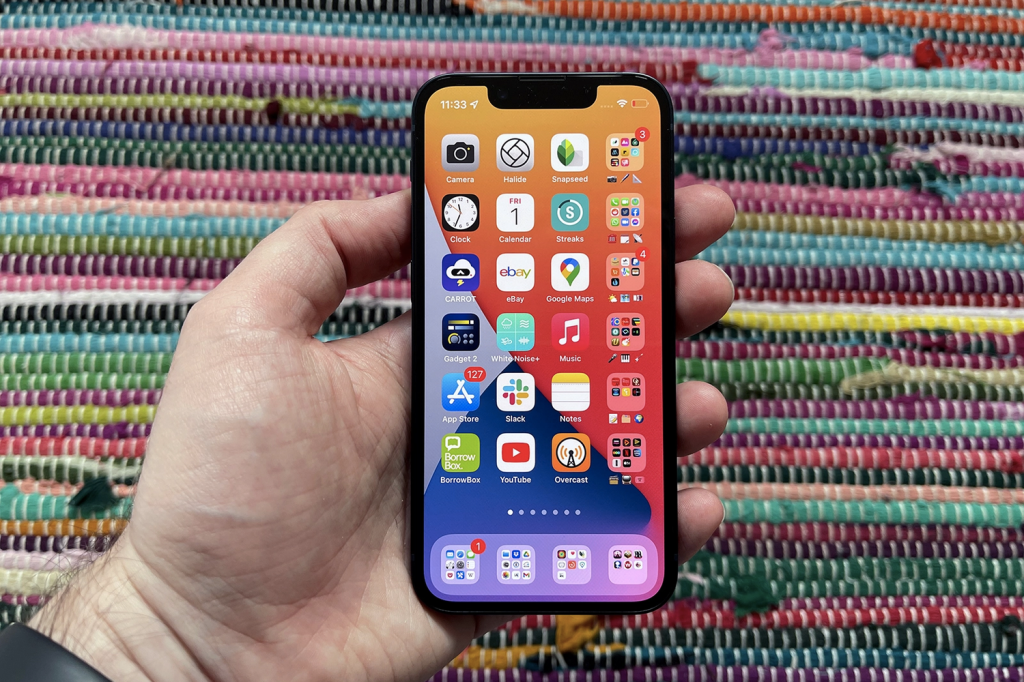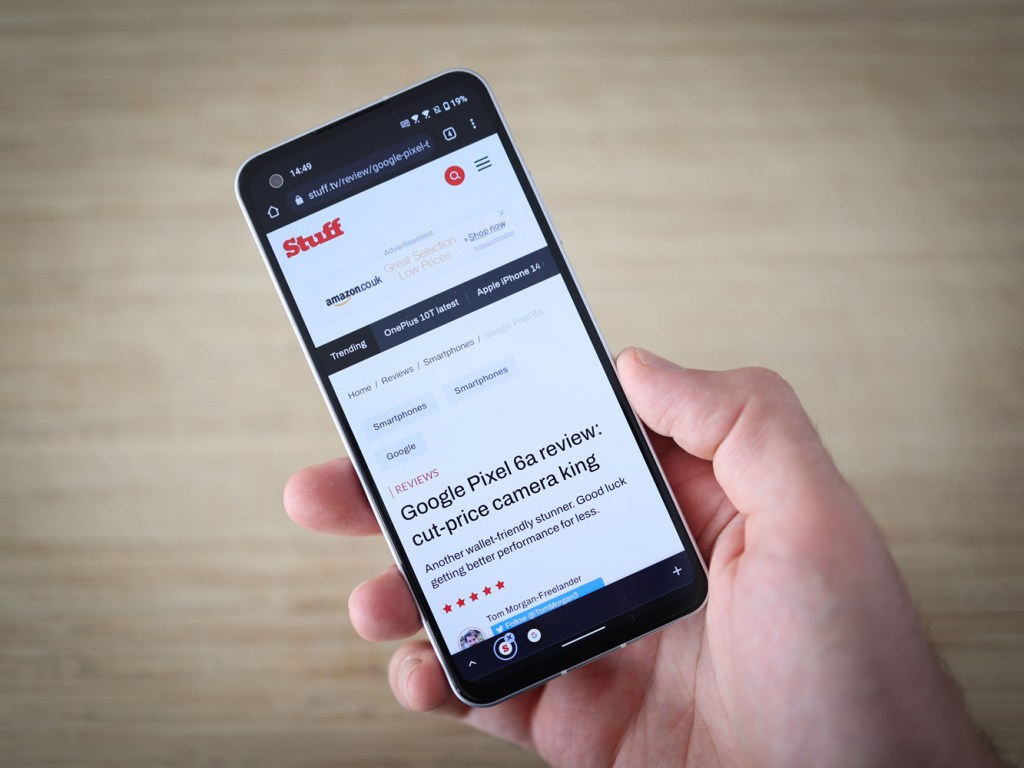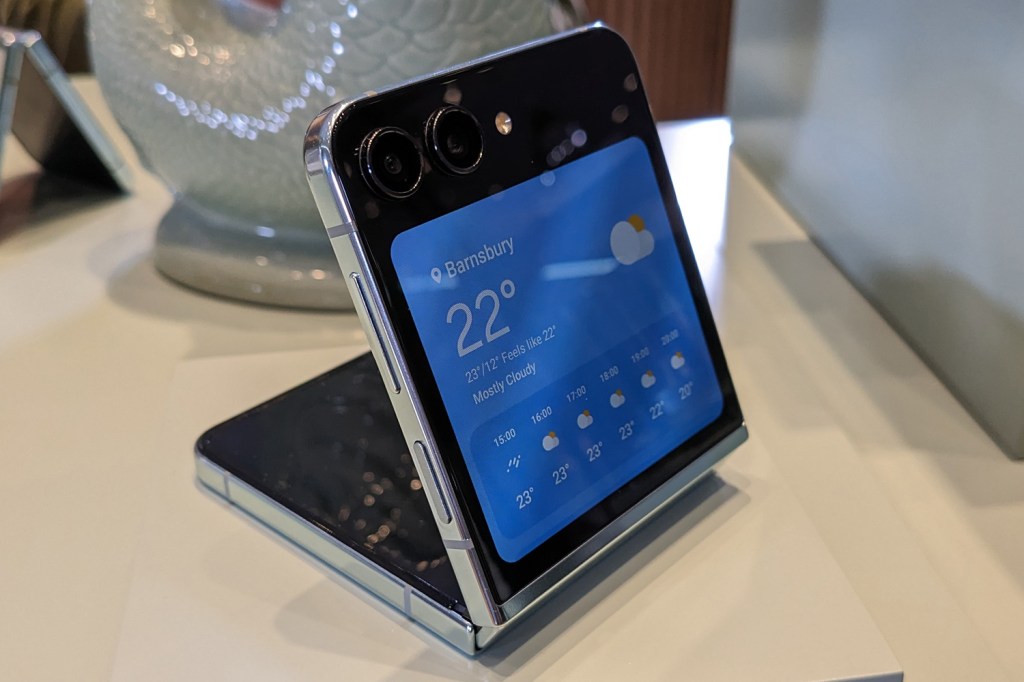Best small phone 2023: compact smartphones reviewed and rated
Handsets that are less of a handful

Compact is a relative term these days: smartphones that were once considered pocket-filling phablets are now par for the course. But if you want a mobile that’s easier to tote than the models on our overall best smartphones list, what’s the best small phone you can buy?
We’ll start by defining ‘small’. It says a lot that some models with ‘Mini’ in their name still ship with 5.4in screens – and there’s no escaping that handset dimensions have expanded considerably over the last decade. But not all smartphones go big nowadays. Some adopt form factors from five years ago, while others feature frame-filling displays that maximise every inch of available space. Sure, they’ll still dwarf the 4in phones of old, but they should at least be more manageable than your average modern flagship.
Whether you’ve got smaller paws or simply want a smartphone that doesn’t demand quite so much pocket space, you should find your ideal small phone below. Oh, and don’t forget to check out our guide to the best upcoming phones, too.
Related: We’ve also reviewed the ultimate budget smartphones in our best cheap phone guide.
What’s the best small phone?
We think the best small phone you can buy today is the Apple iPhone 13 Mini (check price). Want the full-fat Apple smartphone experience with less of the fat? The iPhone 13 Mini improves on its petite predecessor to deliver a pocketable handset that’s largely free from compromise.
Other small phone recommendations
The Google Pixel 7a (check price) is a superb, well-rounded phone that continues the Pixel range’s track record for killer cameras – while also borrowing a few high-end features from its bigger brothers.
The Samsung Galaxy Z Flip 5 (check price), with its 6.7in screen may not seem like a small phone, but its party trick gives it proper portability.
The best small phones you can buy today:

1. Apple iPhone 13 Mini
Stuff Verdict
Compact packaging, full-size performance: this is by some margin the best small phone you can buy
Pros
- Improved cameras
- Nothing like it
Cons
- No telephoto/macro
- No Touch ID
| Apple iPhone 13 Mini specs | |
|---|---|
| Display | 5.4in 2340×1080 OLED |
| Processor | A15 Bionic |
| RAM | 4GB |
| Storage | 128/256/512GB |
| Software | iOS 15 |
| Cameras | 12+12MP rear, 12MP front |
| Battery | 2406mAh |
| Dimensions | 131.5×64.2×7.65mm, 140g |
Want the full-fat Apple smartphone experience with less of the fat? The iPhone 13 Mini improves on its petite predecessor to deliver a pocketable handset that’s largely free from compromise. Almost comically compact next to its contemporaries, you can comfortably use the Mini one-handed – and its flat-panel design looks as tidy as on any recent iPhone.
Its 5.4in OLED display is rich, sharp and brighter than before. The notch has shrunk, although it does still intrude at the top. Refresh rates remain capped at 60Hz, but iOS is snappy enough that this rarely matters. Shooting specs are solid, too: the 12MP main sensor produces impressive results, with the help of optical image stabilisation and enhanced light-gathering. A telephoto lens would’ve been more versatile than an ultra-wide, mind.
Despite its dinky dimensions, Apple’s A15 processor means the Mini tops smartphone performance charts. You’ll regularly revel at how a phone of this size can deal with any app, task or game. Battery life is less spectacular, but it’s improved over the previous Mini. And as a complete package, the iPhone 13 Mini is a little wonder.
- Read more: iPhone 13 Mini review

2. Google Pixel 7a
Stuff Verdict
Gains features missing from its predecessor, while staying fast, long-lasting and able to take a killer photo. The Pixel 7a is the mid-range Android phone to beat.
Pros
- Fantastic still images for a mid-range phone
- Performance punches above its price bracket
Cons
- Price bump over last year’s effort
- Charging speeds remain behind rivals
| Google Pixel 7a specs | |
|---|---|
| Display | 6.1in 2400×1080 AMOLED |
| Processor | Google Tensor G2 |
| RAM | 8GB |
| Storage | 128GB |
| Software | Android 13 |
| Cameras | 64+13MP rear, 13MP front |
| Battery | 4385mAh |
| Dimensions | 152x73x9.0mm, 193g |
Google’s Pixel 7a is a superb, well-rounded phone that continues the Pixel range’s track record for killer cameras – while also borrowing a few high-end features from its bigger brothers. It may not be quite the value champ that its predecessor, the Pixel 6a, was, but it can safely compete with flagship rivals that cost as much as twice the price. You’re getting a hell of a lot of camera quality for your money here.
You can get other Android handsets for less cash, ones that have nippier charging and a faster-than-90Hz display. Even so, this is a choice that’s hard to argue against, especially if you’re perfectly comfortable darting your digits around its 6.1in screen.
- Read more: Google Pixel 7a review

3. Asus Zenfone 9
Stuff Verdict
Its camera specs might not be best in class, but the Zenfone 9 is otherwise an Android powerhouse in compact packaging, complete with solid build quality and impressive battery life
Pros
- Compact, premium design
- Gaming phone-grade power
Cons
- Misses out on wireless charging
- Aggressive camera processing
| Asus Zenfone 9 specs | |
|---|---|
| Display | 5.9in 2400×1080 AMOLED |
| Processor | Qualcomm Snapdragon 8+ Gen 1 |
| RAM | 8/16GB |
| Storage | 128/256GB |
| Software | Android 12 |
| Cameras | 50+12MP rear, 12MP front |
| Battery | 4300mAh |
| Dimensions | 146.5×68.1×9.1mm, 169g |
Like its predecessor below, the Zenfone 9 squeezes superlative performance into a pocket-friendly package. Chunky at 9.1mm, it sits comfortably in the hand, with a synthetic layer giving the plastic back something of a premium feel.
Bezels are marginally larger top and bottom, but the 5.9in display otherwise fills the front of the Zenfone 9. It’s a punchy OLED panel with adaptive 120Hz refresh rates, HDR10+ credentials and fantastic colour accuracy. At 445ppi, it’s seriously sharp as well – even if peak brightness is less than the best at 800 nits.
Two sizeable stabilised eyes reside on the rear: a 50MP Sony sensor and a 12MP ultra-wide. Results are reliably fine, occasionally good but never excellent, with auto processing not doing justice to the hardware. That said, 8K video is brilliant at 30fps.
Generally deployed in gaming handsets, a Snapdragon 8+ Gen 1 chip makes the Zenfone 9 something of a small superphone. Asus’ take on Android 12 even includes a ROG-like game enhancer mode. During our time with the device, there were no bugs, crashes or overheating issues. Charging rates are capped at 30W, but the 4300mAh battery can comfortably make it through the day – provided you limit 5G downloads.
- Read more: Asus Zenfone 9 review

4. Samsung Galaxy Z Flip 5
Stuff Verdict
The best Flip yet is all the evidence you need to know foldable phones have a big future.
Pros
- Sublime design and capable cover screen
- Flagship-tier performance
Cons
- Battery life is just fine, and charging speeds could be better
- Cameras haven’t stepped up in a meaningful way
| Samsung Galaxy Z Flip 5 specs | |
|---|---|
| Display | 6.7in, 2640×1080 flexible OLED w/ 120Hz (inner) 3.4in, 720×748 OLED (outer) |
| Processor | Qualcomm Snapdragon 8 Gen 2 for Galaxy |
| RAM | 8GB |
| Storage | 256/512GB |
| Software | Android 13 w/ OneUI |
| Cameras | 12MP + 12MP rear, 10MP front |
| Battery | 3700mAh |
| Dimensions | 165x72x6.9mm (unfolded), 85x72x15.1mm (folded), 187g |
With a 6.7in screen, Samsung’s Galaxy Z Flip 4 doesn’t sound like a small phone. But its party trick gives it proper portability: like a classic clamshell, it can flip satisfyingly shut to form a square. Yes, it’s as thick as two phones when folded (17.1mm), but it also measures a miniature 72x85mm.
Premium materials make it one of the sturdiest foldables to date. That AMOLED main panel is likewise a thing of beauty, with vivid colours, rich blacks and smooth 120Hz refresh rates. Plus its narrower 22:9 aspect ratio makes it ideal for streaming movies. A smaller 1.9in display on the outside is big enough for framing selfies, controlling music and checking notifications.
Dual 12MP wide and ultra-wide main cameras are perfectly capable, but not excellent. They perform well enough in good lighting, but struggle in dimmer conditions. More convincing is the engine: a Snapdragon 8+ Gen 1 chip keeps things swift, with the help of 8GB of RAM. And while the cell is smaller than many flagships, it still delivers a full day’s use.
- Read more: Samsung Galaxy Flip 5 review

5. Sony Xperia 5 IV
Stuff Verdict
Everything we loved about the Xperia 1 IV, distilled down for the mainstream with a much more manageable price. The Xperia 5 IV is very creator-friendly, as long as you don’t mind doing a lot of the w
Pros
- Manual camera modes for both stills and video
- Stellar screen and a design that oozes sophistication
Cons
- Previous-gen CPU gets hot and sucks power
- Basic camera mode can’t match more automatic rivals
| Sony Xperia 5 IV specs | |
|---|---|
| Display | 6.1in 2520×1080 AMOLED |
| Processor | Qualcomm Snapdragon 8 Gen 1 |
| RAM | 8GB |
| Storage | 128GB (expandable) |
| Software | Android 12 |
| Cameras | 12+12+12MP rear, 12MP front |
| Battery | 5000mAh |
| Dimensions | 156x67x8.2mm, 172g |
Despite having a 6.1in screen (making it one of the larger displays on our compact handset list), the tried and tested unique Sony aspect ratio means that the Xperia 5 IV is actually narrower than most of the competition. This makes it a pleasure to use for activities like one-thumb typing and scrolling. The downside, of course, is that you’ll have to reach further to drag down the top notification bar, but that doesn’t detract too much from the overall compact feel on offer.
Size aside, there’s a very capable triple-camera system on the rear, though as is the case with most Xperia handsets, you’ll get the best results if you’re tweaking things manually in pro mode. Despite having the less efficient version of the Snapdragon 8 Gen 1 processor, it still manages to surpass quite a few rivals in the longevity department too, though the 30W wired charging speed is nothing to write home about.
As with other Xperia handsets, the 5 IV is more of a niche consideration, but definitely worth exploring, especially if you’re already an Xperia fan.
- Read more: Sony Xperia 5 IV review



